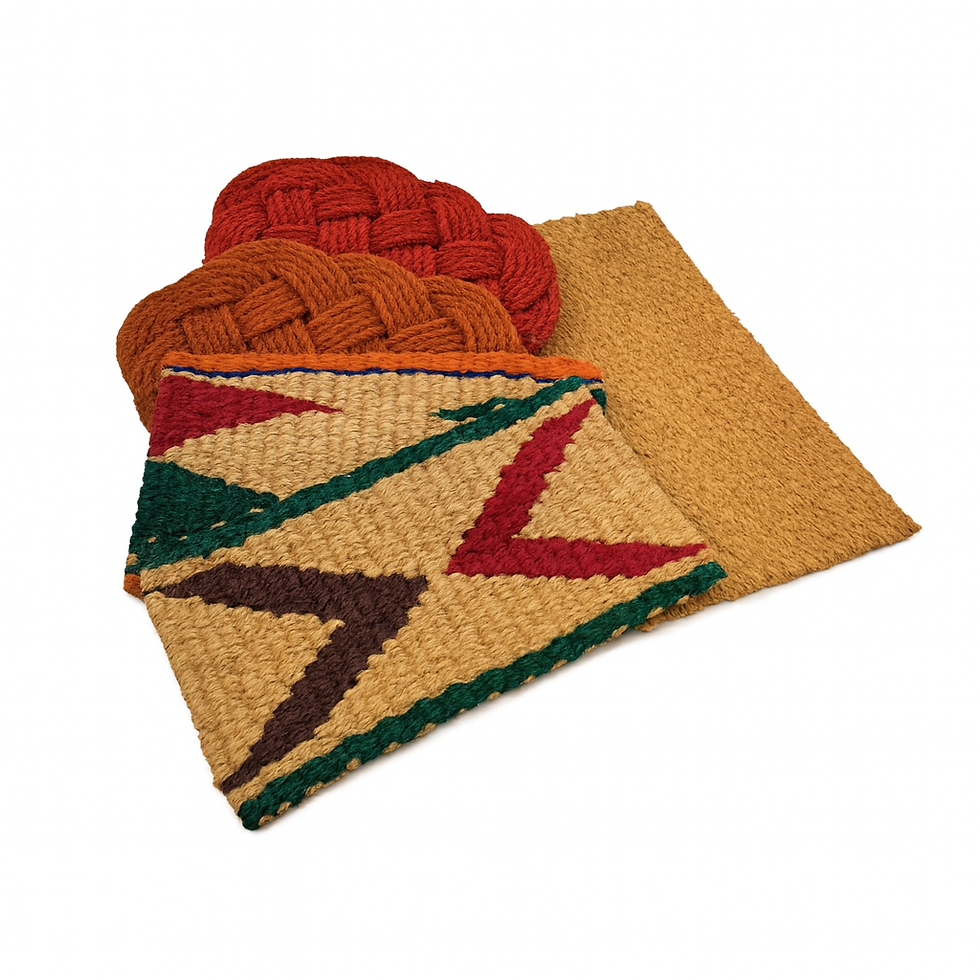Innovative Designs in Metal Grating Solutions
- Floor Safety Store

- Sep 12
- 3 min read
An essential component of many industrial, architectural, and infrastructure projects for a long time has been metal grating. Metal Grating, which has long been prized for its strength, durability, and resistance to slippage, is currently experiencing a design development. Manufacturers are turning what was formerly thought to be solely practical into an item that is also aesthetically pleasing, sustainable, and flexible enough to meet a variety of purposes thanks to contemporary technologies, cutting-edge materials, and innovative uses.
The Development of Metal Grating
Functionality was the primary goal of metal grating design in the past. For example, steel bar gratings offered durable flooring options for drainage covers, sidewalks and factories. But as time went on, engineers and designers started to see areas that could be improved. In addition to stronger and more adaptable gratings, industries also wanted solutions with aesthetic appeal, lightweight choices, and eco-friendly characteristics.
These days, sophisticated fabrication methods including cutting with lasers, computer-assisted design (CAD), and precise welding define the development of metal grating. These developments enable the production of gratings with complex designs, bespoke dimensions, and distinctive finishes for particular uses.
Novel Finishes and Materials
The creation of novel materials and treatments for the surface is one of the main forces behind metal grating innovation. Although galvanized steel, stainless steel, and aluminum are becoming more popular because of their durability and resistance to corrosion, conventional carbon steel remains utilized extensively.
Stainless steel gratings provide durability and resilience against harsh chemicals, making them ideal for food manufacturing plants and medicinal facilities. Aluminum gratings are thin and light, making them perfect for structures where reducing weight is crucial, like offshore platforms or passenger bridges.
Applications in Architecture and Beauty
Metal grating has been used by modern architecture as an expressive architectural element in addition to being a useful material. Open-grid patterns blend practicality and aesthetics by enabling innovative ventilation screens, sunshades, and façade cladding.
Architectural gratings, for instance, can be made with certain mesh patterns and dimensions to give building exteriors distinctive textures. They combine elegant style and industrial strength to create ornamental yet long-lasting elements in public areas in urban settings. Architects construct unique, modern structures by incorporating LED lighting or blending gratings with wood or glass.
Enhancements in Safety and Ergonomics
One of the most crucial elements of metal grating systems is still safety. While slide resistance was a feature of traditional Anti Slip Grating, modern designs increasingly consider ergonomics and human comfort. For example, serrated gratings reduce industrial accidents by improving grip in greasy or wet circumstances.
Furthermore, workers can install gratings more easily and safely because to their strength and light weight. Gratings in transportation hubs, industrial sites, and pedestrian zones are designed to be comfortable for pedestrians while withstanding heavy foot traffic. These technologies satisfy contemporary compliance criteria while maintaining design flexibility by fusing efficiency and safety.
Environmentally Friendly Innovations and Sustainability
Durability in metal grating solutions is accelerating as industry move towards more environmentally friendly methods. Manufacturers are creating environmentally friendly procedures, such utilizing aluminum and steel that have been recycled or streamlining designs to cut down on material waste during manufacturing.
In urban drainage systems, perforated metal gratings are being utilized more and more to encourage groundwater recharge and reduce flooding. They are a sustainable substitute for conventional drainage covers since their design permits water flow regulation without clogging. Additionally, durable metal gratings minimize overall carbon footprints by reducing the demand for frequent repairs.
Upcoming Developments in Metal Grating
Metal grating's future depends on how well digital technologies and environmentally friendly methods are integrated. Sensor-embedded smart gratings could track load stress, identify corrosion, or give real-time information on traffic, whether it be automobile or pedestrian. These developments are in line with Industry 4.0 technology and the emergence of smart cities.
Furthermore, the need for hybrid materials which combine metals with composites or polymers could lead to gratings that are even stronger, lighter, and more aesthetically pleasing. In addition to improving performance, these solutions will create new design opportunities for several industries.
In Conclusion
The conventional industrial function of metal Grating solutions has been greatly expanded. Gratings are today a symbol of strength and inventiveness because to their innovative materials, adaptable designs, and incorporation into sustainable and architectural applications. Metal grating is expected to become even more significant in forming contemporary infrastructure and design as companies adopt safer, more intelligent, and environmentally friendly solutions.






Comments